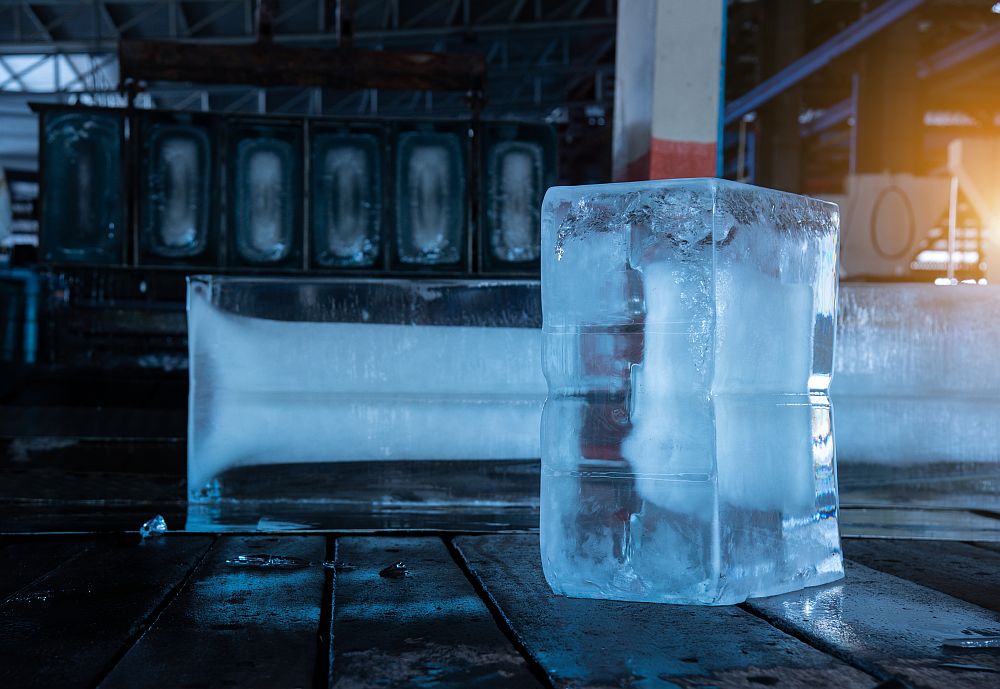
[Image above] Is there any athletic apparel that can keep me completely comfortable on a run in cold temperatures? Credit: Thomas Hawk; Flickr
On a recent chilly morning run in near-freezing temperatures, I faced a conundrum—how could I possibly dress to keep comfortable throughout my run?
Too few layers or too thin of fabrics, and I would be cold, especially early in the run when my body temperature is still getting up to temp. Too many layers or fabrics that don’t breathe enough, and I would get sweaty later in my workout, once my body starts to pump out the heat.
How could I possibly ensure comfort throughout the jogging journey?
Granted, this was a simple morning run, not an 135-mile journey in temperatures of –32ºF—but still, I was seeking relative comfort.
It’s a conundrum that all-weather athletes often face, simply because it’s a tough problem to solve. It is relatively easy to find performance athletic gear made from fabrics that are marketed with “cooling action” or “enhanced breathing,” designed to keep you cool when temperatures heat up.
For colder climates, there is ample gear made from fabrics designed to trap your body heat from escaping, with fancy marketing terms like “HeatGear” or “OmniHeat.”
For now, however, it is extremely difficult to find a fabric that can do both—but that may soon change.
Researchers at the University of Maryland recently reported in Science that they have developed a carbon-nanotube-coated fabric that is the first of its kind to seamlessly transition between keeping you warm in the cold and cool in the heat. No battery packs, switches, or controls required to stay comfortable—the fabric automatically reacts to your body’s physiology.
Coated with carbon nanotubes (a conductive material), the fibers within this fabric harness electromagnetic interactions between the coatings to control how heat passes through the fabric—all automatically, depending on condition of the skin underneath.

This fabric developed by University of Maryland scientists is the first textile to automatically change properties to trap or release heat depending on conditions. Credit: Faye Levine, University of Maryland
“This is the first technology that allows us to dynamically gate [regulate] infrared radiation,” YuHuang Wang, University of Maryland professor of chemistry and biochemistry and one of the paper’s corresponding authors, says in a university press release.
The human body is constantly exchanging heat with its immediate environment, whether absorbing it on a bright sunny day or losing it amidst a chilling polar vortex. A large proportion of that heat transfer occurs via a form of electromagnetic radiation called infrared radiation. (Other modes of heat transfer are conduction, convection, and evaporation.)
Controlling the body’s exchange of infrared radiation is one go-to strategy for activewear—an industry that will reach a predicted global market value of almost $550 billion by 2024—whether preventing loss of body heat in colder conditions or enhancing its flow in warmer conditions.
Underneath the carbon nanotube-coating, the fabric developed by University of Maryland researchers consists of fibers containing two very different materials: triacetate and cellulose, fibers already used in the commercial textile industry.
Whereas triacetate is water-repelling (hydrophobic), cellulose is water-absorbing (hydrophilic)—making these fibers interestingly bimorphic.
The team coated triacetate-cellulose bimorph fibers with carbon nanotubes in “a process similar to solution dyeing,” the authors write in their paper. Then, they bundled these fibers into strands of yarn and wove the strands together into a fabric to test its performance.
Their results show that, because the fibers are bimorphic, humidity makes them twist and contract. So, when skin is warm and humid, the fibers compact together, opening up pores between strands of the fabric. Infrared radiation can then escape through those pores, causing a cooling effect. But that’s only part of the story—the compacted fibers also allow the carbon nanotubes to interact with one another, inducing resonant electromagnetic coupling that further permits heat exchange.
“You can think of this coupling effect like the bending of a radio antenna to change the wavelength or frequency it resonates with,” Wang says in the university press release. “It’s a very simplified way to think of it, but imagine bringing two antennae close together to regulate the kind of electromagnetic wave they pick up. When the fibers are brought closer together, the radiation they interact with changes. In clothing, that means the fabric interacts with the heat radiating from the human body.”
The video below, captured via a confocal fluorescent microscope, shows up-close fibers contracting in response to humidity.
When conditions are cool and dry, however, the opposite happens—the fibers expand away from one other, changing the carbon nanotubes’ electromagnetic interactions and closing between-strand pores, preventing the body’s infrared radiation from escaping through the fabric.
These small, local changes between fibers permit the fabric to breathe by slightly opening or closing pores between strands without causing large-scale deformations within the fabric—allowing one piece of clothing to adapt to diverse environments during a workout.
Of course, these bidirectional fabrics aren’t quite yet available for your next workout. But, because the researchers used fiber materials and processing techniques already used in the commercial textile industry, they might be a real possibility for one of my future runs.
The paper, published in Science, is “Dynamic gating of infrared radiation in a textile” (doi: 10.1126/science.aau1217).
Author
April Gocha
CTT Categories
- Material Innovations
- Nanomaterials
- Thermal management


